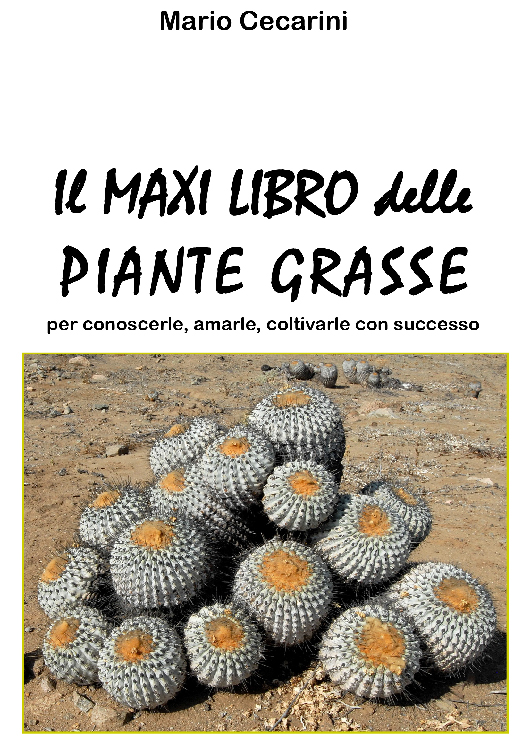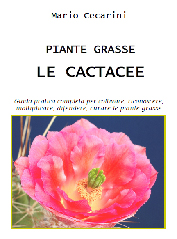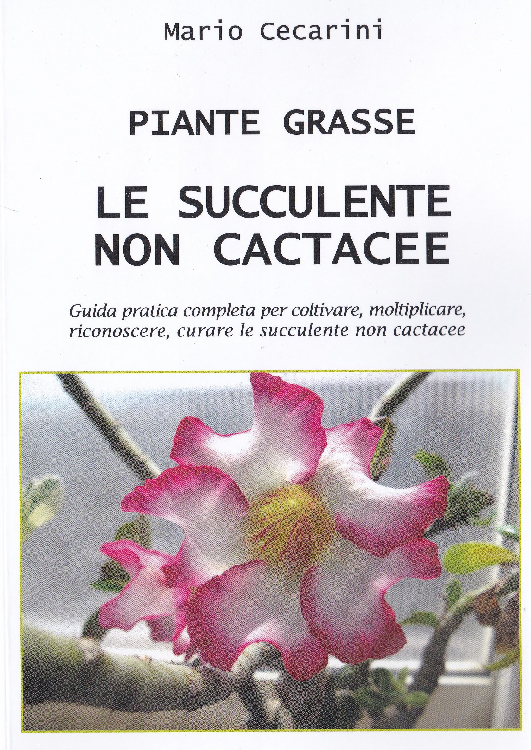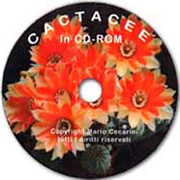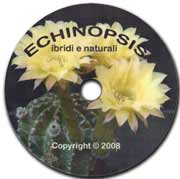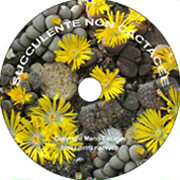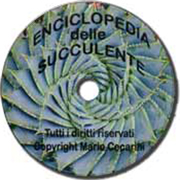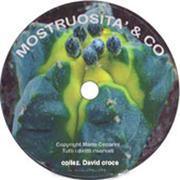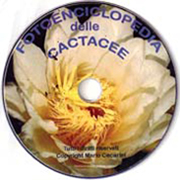Habitat: Mexico, south-west of the United States, South America, West Indies.
Description: a genus of small, globular or cylindrical plants, from whose axils tiny, crown-shaped flowers arise; they may be from yellow to pink or red. Some tend to from large clusters, others can bloom while still young, even more then once a year. Red fruits follow the flowers. All the species in the genus, about 200, have tubercles but no ribs; some of them, if wounded, exude a white latex (galactochylus), the others belong to the Hydrochylus group. Cochemiea is synonymous with the Mammillaria species of Baja California. It now includes the genera Bartschella and Krainzia.
Soil: basic mix. The species with white spination benefit from the addition of 10% of limestone. Those with hooked spines need more sandy soil and less water.
Location: grow in filtered light.
Temperature: they tolerate a minimum temperature of 6°C (43°F) in a dry environment.
Water: average; they may be prone to rotting so keep humidity levels in check.
Cultivation tips: repot each year in February; fertilize just once in spring. Watch out for root mealy bugs and spider mite. Raise from seed or propagate from cuttings or offsets.
Main species of Mammillaria: Mammillaria lasiacantha; Mammillaria aureilanata; Mammillaria pennispinosa; Mammillaria guelzowiana, all these resent excessive humidity and are prone to collar rot so pour some gravel on top of the soil to surround the stem;
M. uncinata; M. boolii; Mammillaria theresae; Mammillaria deherdtiana; Mammillaria compressa; Mammillaria carnea; Mammillaria egregia; Mammillaria matudae; Mammillaria haudeana; Mammillaria hahniana; Mammillaria nejapensis; Mammillaria pilcayensis;
Mammillaria saboae; Mammillaria reppenhagenii; Mammillaria meridiorosei; Mammillaria monticola; Mammillaria wrigtii;
Mammillaria candida, benefits from the addition of some calcium and chalk, needs plenty of sunshine and is prone to rotting; Mammillaria herrerae var. albiflora, slow-growing, full sun, excessive humidity may cause rotting so it’s best grafted; soil 50% peat, 30% calcareous rock, 20% sand, it tolerates cold temperatures; Mammillaria humboldtii, grow in full sun and add some chalk to the soil; little water is needed; Mammillaria pectinifera, syn. Solisia p.;
Mammillaria spinosissima; Mammillaria elongata, grow in full sun and do not pour water over the centre of the cluster; Mammillaria brachytrichion, slow-growing and rare. Mammillaria plumosa grows in the wintertime; M. elegans has latex in the stem but not in the tubercles.
Mammillaria senilis, syn. Mamillopsis, resents chalky soils and winter wet, min. 2°C (36°F).
Mammillaria backebergiana; Mammillaria blossfeldiana; Mammillaria bocasana; Mammillaria bombycina; M. dioica;
Mammillaria viereckii; Mammillaria magnifica; Mammillaria melanocentra; Mammillaria geminispina; M. glassii; Mammillaria grahamii;
Mammillaria haageana; M. heyderi; Mammillaria kewensis; Mammillaria longiflora; Mammillaria longimamma, grow in deep containers; Mammillaria luisae; Mammillaria microhelia; Mammillaria sphaerica; Mammillaria zeilmanniana.
Mammillaria marksiana, slow-growing, grow in humus-rich, well draining soil (pH 6) and provide airy, sunny conditions all year round; flowers do not self-pollinate.




